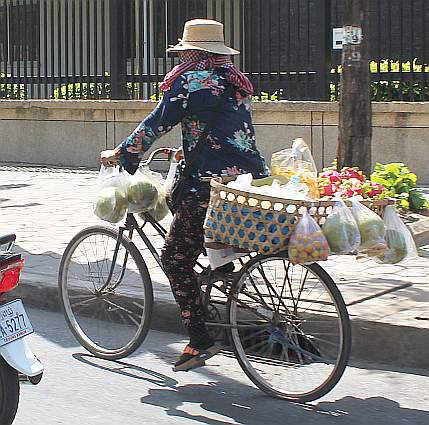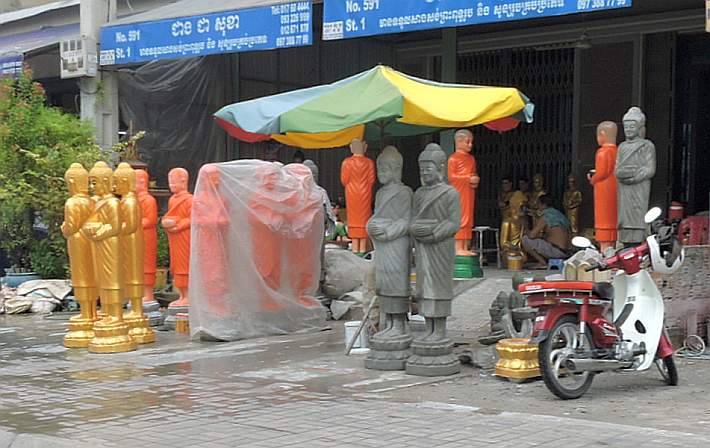
Religious Symbols

Charlie Dittmeier's Home Page

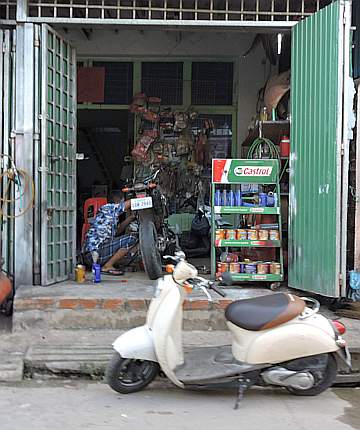
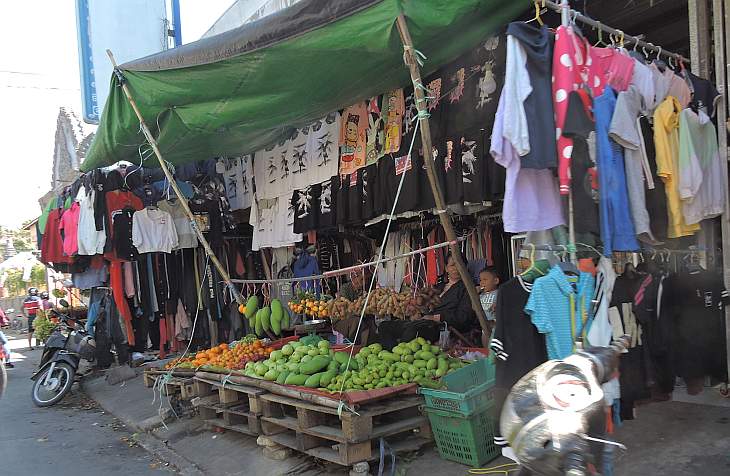
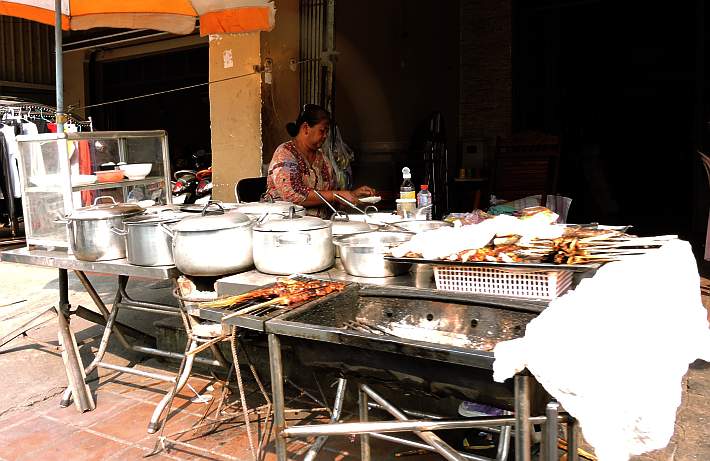

The newspapers are reporting large numbers of migrant workers (Cambodians, working legally or illegally in Thailand) who are now daily streaming across the Thai-Cambodian border, legally or illegally. They earn about $10 or $11 a day in Thailand (which gives you a clue how low their pay would be if they were in Cambodia because they’re going to Thailand to get more money than here) but now there is a spike in coronavirus infections in Thailand and the workers are afraid for their personal safety and also many of the businesses that employed them have closed so there are no jobs.
This presents quite a problem for Cambodia because more than 80 of the returnees have tested positive. That’s one sixth of all the cases in the kingdom. And those are the ones who crossed at the legal checkpoints and were tested. Others sneak in through the jungle because they don’t want to be quarantined. It could be a perfect setup for a major infection in Cambodia.
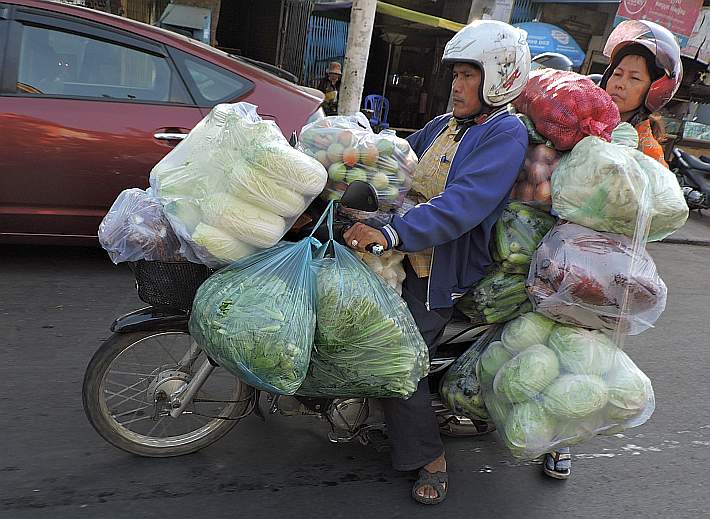

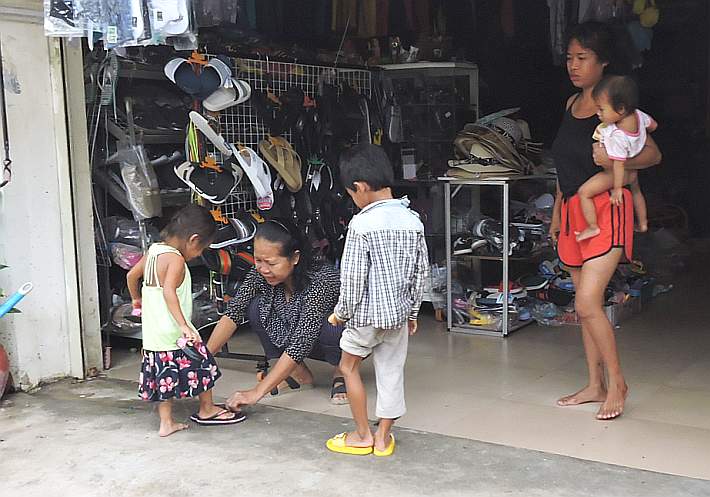
One of the actions of the Khmer Rouge under Pol Pot was to abolish money, specifically the Khmer riel, the national currency. Partly because of that and partly because of inefficient handling of monetary policy after the Khmer Rouge were defeated, the riel never regained the trust and acceptance of the Khmer people. When a new post-Khmer Rouge government was established, the US dollar became the central currency in use in Cambodia, and it has remained as a fully legal currency until now. Transactions can take place in either the Cambodian riel or US dollars, and they are freely interchangeable.
Now, however, mostly for reasons of national pride, but also to give the central bank more control over the national currency, the government is encouraging de-dollarization and increased use of the riel. Recently to support use of riel, the government has discouraged the use of US $5 and $1 notes. After a period in which they could be exchanged for riel at no cost, the government has allowed banks to charge a fee to accept the $5 and $1 bills to create a disincentive for using the smaller US bills although they still remain legal.
That measure has had its intended effect. The majority of $5 and $1 bills previously in circulation for small transactions has disappeared. A typical transaction today is paid only with riel, or if a larger US dollar note is used, any change under $10 will be returned in riel. For example, if a person offers a $50 bill to buy an $11 book, the buyer will receive in change a $20 bill, a $10 bill, and the equivalent of $9 in riel. Smaller amounts of riel paper notes are also given because the Cambodian monetary system has no coins.



